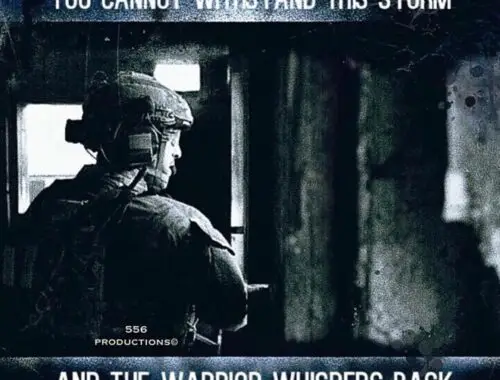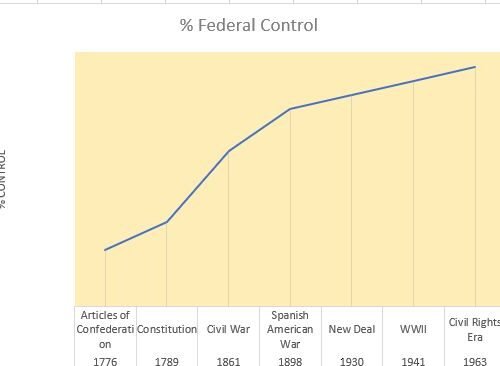
Virtue-based Leadership, Part 6: Leader Selection and Assessment
Abstract: This part is derived from a chapter from my book, Thrive in the Age Knowledge. Leader selection and assessment is a critical leader task. Unfortunately, it is often based on technical skills or dominated by an HR process that may have little to do with virtue and leadership. Leader selection is a leader task, not an HR process done once a year. This post summarizes a leader selection, training, and assessment system. It uses a hybrid model shown in the figure to determine leader requirements for the type of team/organization and the virtue framework presented in Part 5 of this series. Different teams/organizations need different types of leaders. Senior leaders need to understand this and take it into account during selection, training, and assessment. If a leader has problems, the post presents a 4-part remediation decision process to protect the organization and fairly assess the leader.
Leader Selection and Training
Leader training must start well before senior leaders select a new leader. Effective organizations identify emerging leaders and start grooming and testing them to assess their leadership potential well before formal selection and moving someone into new leadership positions. This applies to new front-line leaders as well as moving existing leaders up to higher levels and responsibility. This is especially true when moving from tactical leadership to operational leadership, and from operational leadership to strategic leadership.
Leader training should start with informal mentoring. Strong leaders should establish a mentor relationship with candidates and start exposing them to key leader functions, such as risk assessment, decision-making, prioritization, vision setting, and communications. It should also reflect the organization type and profile.
Leadership candidates should also have a program of formal leader training that includes classes (both online and classroom) and microsimulations. Classes should provide the foundational leader training. Microsimulations should place the candidates in situations like the ones they will face in their projected leadership role and test them with increasingly complex situations. The mentor should go over the microsimulation results with the candidate, assess performance and provide guidance and tips to improve key leadership skills and decision making.
Part of the selection and training process should include whether the candidate should be on a technical path or a leadership path or what leader characteristics would be the best fit or the organization and the job. I discuss a method blending the Boston Consulting Group Matrix and the leader model in Barbarians to Bureaucrats in my book, Thrive in the Age of Knowledge.
Supporting leader transition
Transitioning, as either a new first line leader or a transition between levels of leadership, is difficult and frankly requires a bit of courage. The training and selection discussed above are important, but the new leader’s first few days in the new position are critical. The new leader’s mentor needs to be available for advice and counseling. He or she should watch from the sidelines and meet with the new leader at the end of each day to discuss what went well and perhaps not so well and help the new leader adjust and deal with potentially disruptive people that were not selected for the position, have issues with the team, or are perhaps just difficult people. For a new first line leader, this could be his or her first time leading difficult people, and they may need some advice to get through the forming, norming, storming, and performing process. For leaders moving between levels, they may need help with new leadership requirements and perhaps a change in focus and perhaps even style.
Tactical vs Operational vs Strategic Leaders
The jump from tactical leadership to operational leadership is significant. At the operational level, the leader has less contact with the direct tactical operations and will need to resist the temptation to get directly involved unless there is a specific need. Operational leaders work through and with tactical leaders. If the operational leader starts directing the tactical execution, he or she undermines the tactical leader’s authority. New operational leaders must resist this temptation to move down to their “comfort zone” and focus on developing vision, setting conditions, prioritizing efforts and building effective relationships with their tactical leaders. This transition can be very difficult for someone who feels at home with the tactical environment. Operational leader selection should focus on the ability to move beyond the tactical comfort zone to a position of more indirect leadership and the ability to work “by, with, and through” the tactical leaders.
Leader Assessment
We can use the organization values and leader traits in Part 5 of this series for leader assessment. The assessment should use the organization values of integrity, trust, and truth to assess the team and the leader values of virtue, candor, and competency to assess the leader. The results should then be fed through the BCG/Leader type framework to determine if they are in harmony with the overall organization and the segment in which the leader works. If a leader’s assessment does not support the team requirements, the organization’s leadership then has four choices:
- Will more training strengthen the leader’s weak areas to enable him/her to be successful? This may be especially true as a leader transitions from tactical to operational leadership or from operational to strategic leadership. If so, provide additional training.
- If not, is there another team in the organization that is better suited to the leader’s profile? If so, reassign.
- Is the leader better suited to a technical role? If so, reassign.
- If none of these conditions hold, then the organization may need to fire the leader.
Making it happen
Large organizations, such as DoD or the federal civilian organization or large commercial organizations, have the resources to implement an effective leader selection, training, and assessment system. Smaller organizations may need to contract out parts of the system, but should retain final selection and decisions. The bottom line is that leader selection and assessment is a key leader task and must be treated as such.





